Right now I have a domain (example.com) that I have hosted on Google Domains, but uses Amazon's Route 53 DNS servers, and I've created a hosted zone & registered an SSL certificate for free with ACM. So I got it to take requests for example.com and forwards them to a target group (EC2 instance).
I'd like to expand this into:
staging.example.comprod.example.com
where each has its own target group it points to.
Is this possible with an ALB? How would I encode this into the load balancer's routing rules?
(Also: would I have to re-verify the SSL cert for the subdomains?)

